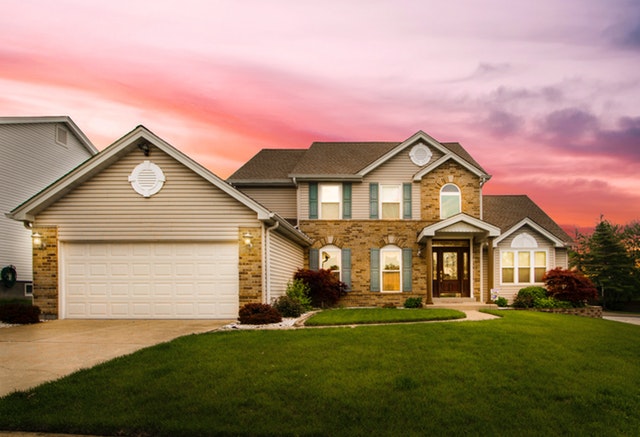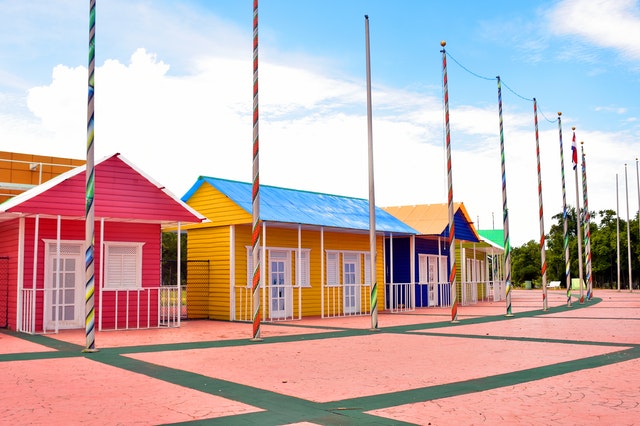Four Key Injury Prevention Tips On Moving Day
 It’s more likely that someone will incur an injury on moving day than on an ordinary day. The reason is that people are moving in ways that they don’t normally move, loads can be heavy, and accidents do happen. However, most injuries on moving day can be prevented by taking a few simple precautions.
It’s more likely that someone will incur an injury on moving day than on an ordinary day. The reason is that people are moving in ways that they don’t normally move, loads can be heavy, and accidents do happen. However, most injuries on moving day can be prevented by taking a few simple precautions.
Use A Dolly
Instead of trying to move more than one box by hand, use a dolly or a hand truck. This inexpensive tool can safely move multiple boxes without you having to lift anything at all. Keep in mind that all the boxes should be of equal size; don’t attempt to stack uneven boxes because they may shift and fall, causing an injury.
Take Breaks
Moving day is stressful because there is often a time constraint involved. Everything has to be moved into the truck by a certain time in order to remain on schedule. However, this is the kind of pressure that can lead to injuries. Being overtired leads to carelessness and that’s when accidents occur. Take multiple 10-minute rest breaks throughout the day so your body and mind have a chance to recuperate.
Don’t Overload Boxes
One of the most common moving day injuries happens when someone tries to lift a box that ends up being excessively heavy. Be mindful of the weigh of each box as you pack it. It’s better to keep the weight reasonable and stuff the box with filler than to overload boxes. You don’t have to weigh each box, but just give it a gentle lift to monitor how heavy it’s getting as you pack it.
Send Smaller Kids Packing
If you have smaller kids, the best option is to send them to the parents’ house, or to a babysitter’s until everything is in the truck. Smaller kids may run around and trip you up, distract your attention or otherwise get injured.
Even the backyard is not a great idea, because they may wander near the truck out of curiosity. For their safety and yours, consider having someone care for them for the day off the premises.
Finally, if you do feel a twinge in your back or get overly exerted, stop what you’re doing and sit or lay down for a few minutes. Don’t try to “push through” the pain; it’s not worth it. Moving day injuries can be minimized or prevented when you take these simple steps.
If you are in the market for a new home or interested in refinancing your current property, be sure to contact your trusted home mortgage professional to discuss current financing options.

 A new group of young American adults is emerging as home buyers. These are the young adults who were born after 1995 and are part of the demographic group named Generation Z (Gen Z). In 2019, there are 31.5 million Gen Z members who are adult age. This will increase to 44.5 million adults in this demographic group by 2032 as all the younger members become adults.
A new group of young American adults is emerging as home buyers. These are the young adults who were born after 1995 and are part of the demographic group named Generation Z (Gen Z). In 2019, there are 31.5 million Gen Z members who are adult age. This will increase to 44.5 million adults in this demographic group by 2032 as all the younger members become adults. The average size of an American home has been increasing since the 1970s. The American Enterprise Institute (AEI) reports that, in 1973, the median size for a new home in the United States was 1,660 square feet.
The average size of an American home has been increasing since the 1970s. The American Enterprise Institute (AEI) reports that, in 1973, the median size for a new home in the United States was 1,660 square feet.